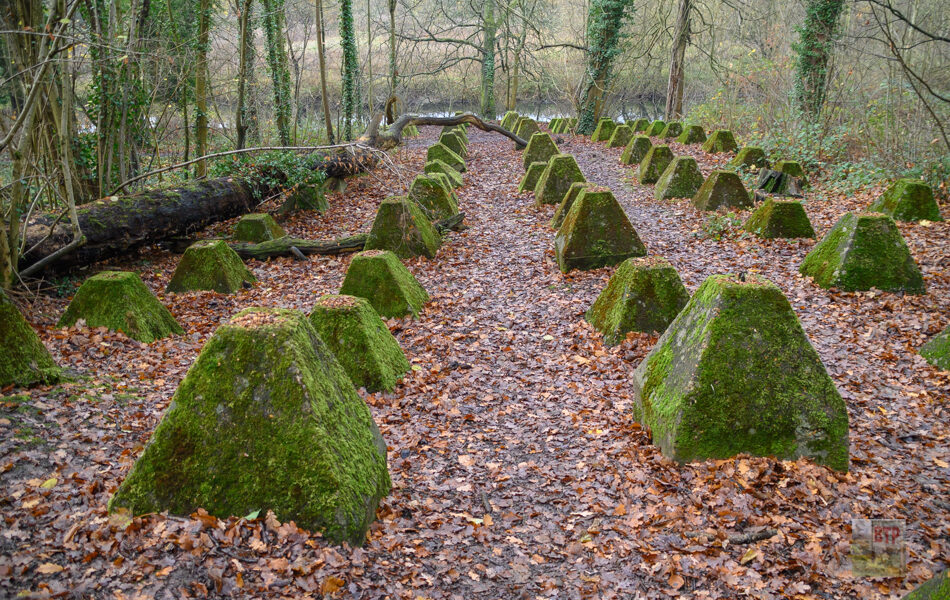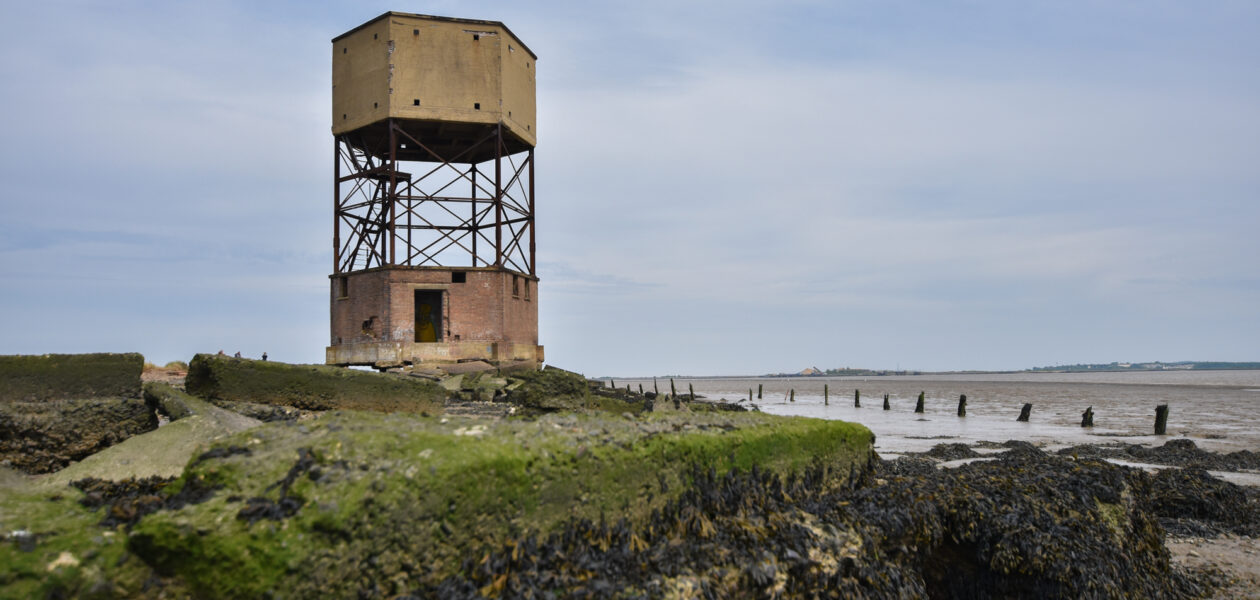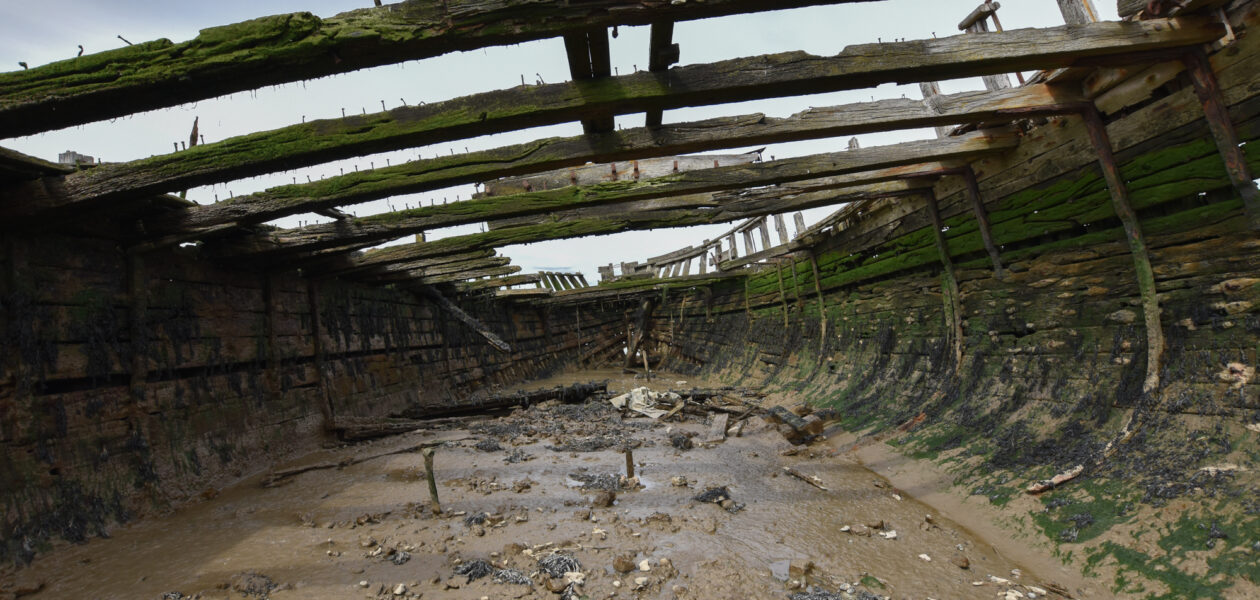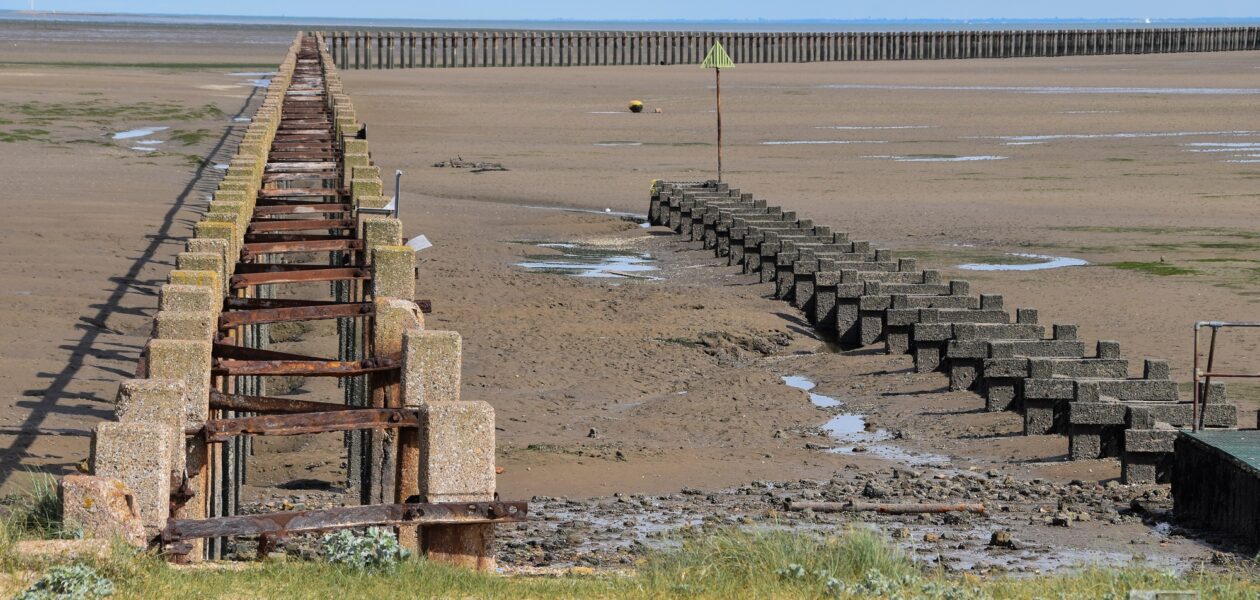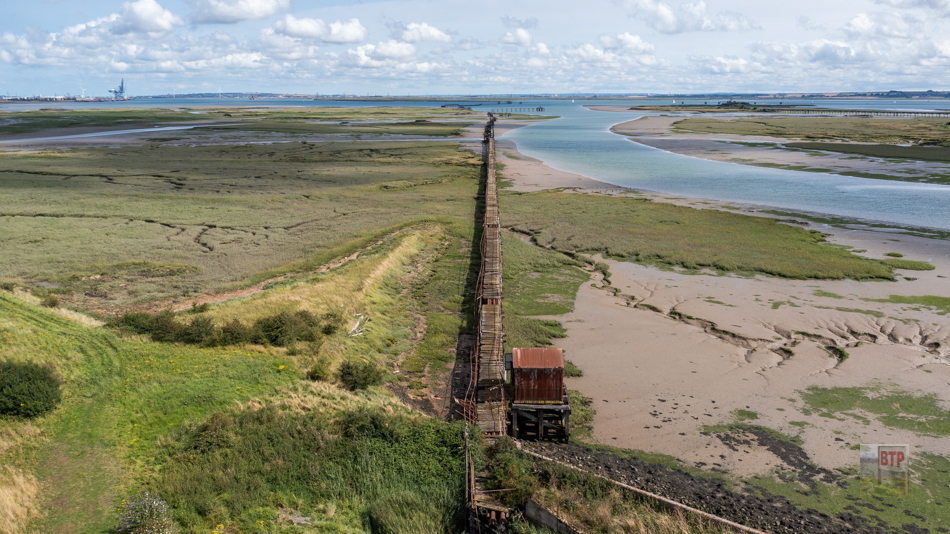River Wey Dragon’s Teeth
The Dragon’s Teeth along the River Wey in Guildford are just one of many examples of surviving Second World War tank defences in the town. Dozens of these small pyramids stretch through the woodland from the river up the edge of the woods. Known as ‘Dragon’s Teeth’ these concrete defences were designed to slow down…
View More
